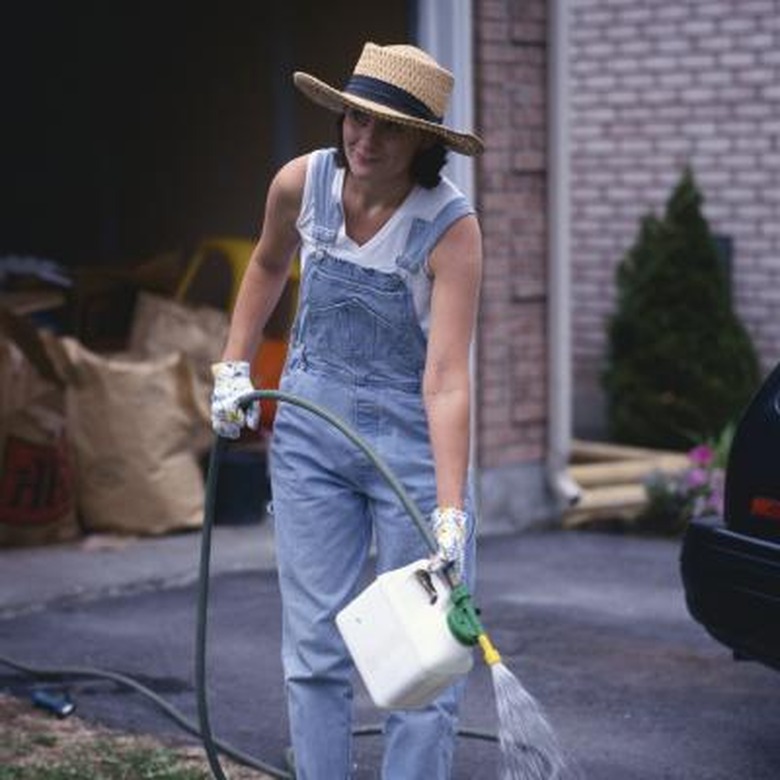Can Too Much Miracle-Gro Kill A Plant?
Fertilizers, including the Scotts brand Miracle-Gro, can be a boon to gardens. Properly applied, Miracle-Gro and other fertilizers give plants the nutrients they need to thrive However, too much of anything — including fertilizer — can cause problems in the garden. Whether gardeners choose Miracle-Gro brand fertilizer or some other brand or type of fertilizer, it's important to understand that over application can lead to poor plant health, and even death.
Fertilization Myths
Fertilization Myths
Fertilizer isn't plant medicine. Contrarily, fertilizer is designed for healthy plants readily using up the nutrients in the soil. In addition to these nutrients, thriving plants require the correct amounts of energy from the sun, water and carbon dioxide. Over fertilizing actually produces sick plants, making them more vulnerable to disease, cold weather injury and death.
How Fertilizer Kills
How Fertilizer Kills
Salt is the primary villain when it comes to over fertilizing, according to Texas A&M Extension. It is poisonous to plants, as salty plants can't absorb water adequately. In an attempt to adjust to the salts around them, plants use up a lot of energy that would otherwise be spent growing. In addition, plants with excessive new foliage (caused by too much fertilizer) tend to attract pests like aphids, who love tender leaves. These pests can literally suck the life out of plants.
Signs of Over Fertilization
Signs of Over Fertilization
Signs of over fertilization include yellowish or light green leaves, smaller than typical leaves, scarcity of leaves, dead branch tips, wilted foliage, annual growth of short twigs, and plants that need excessive amounts of pruning. Unfortunately, once plants show these symptoms, there is no cure. If over fertilization is caught immediately, it's possible to use excessive amounts of water to wash away the fertilizer, according to Greg Stack, Horticulture Educator at the University of Illinois Extension.
Correct Fertilization
Correct Fertilization
The North Carolina State University Extension Service website recommends waiting six to eight weeks before fertilizing newly installed plants; for best results, plant in the fall or spring and apply fertilizer lightly, using 1 tsp. of 10-10-10 fertilizer for every gallon container. For established plantings, gardeners must understand what nutrients are already in the soil (by using a soil test), as well as how individual plants should be fertilized according to age and type.
